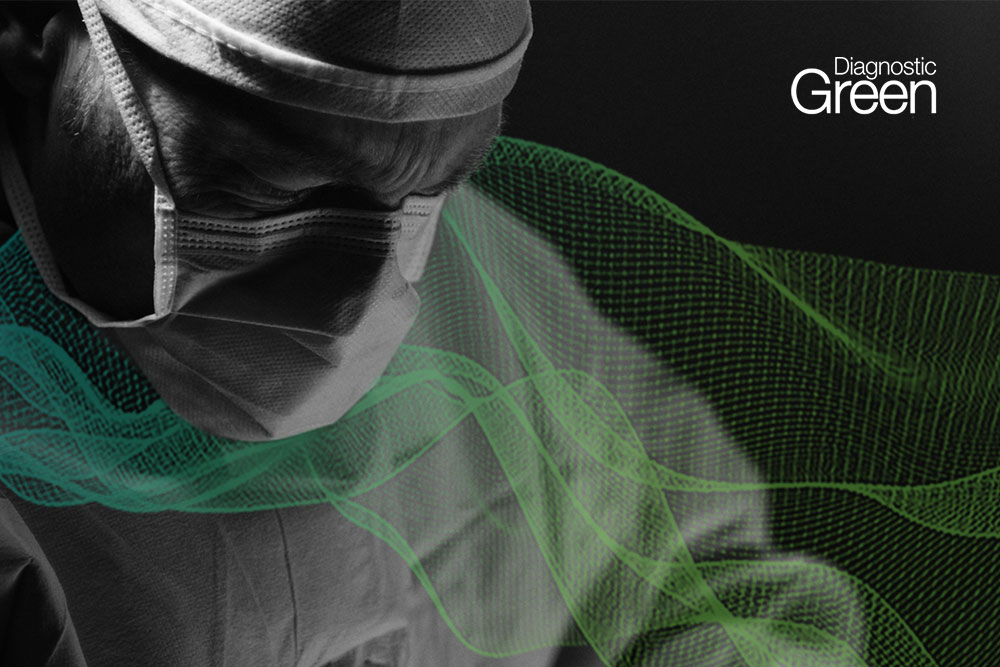Objectives: Accurate staging of cervical lymph nodes is crucial in the management of head and neck cancers (HNCs). Sentinel lymph node biopsy (SLNB) offers a minimally invasive alternative to neck dissection for identifying occult metastases. This review aims to assess the feasibility and effectiveness of indocyanine green (ICG) fluorescence-guided SLNB for HNCs.
Methods: Systematic searches of the PubMed, Embase, and Scopus databases were conducted to identify all clinical articles on ICG-guided SLNB in HNC from database inception through May 1, 2022. Numerous variables were extracted across papers, including patient and study characteristics, imaging parameters, and SLN detection rates. Risk of bias was evaluated via the Methodological Index for Non-Randomized Studies (MINORS) criteria.
Results: A final six studies met inclusion criteria, encompassing 86 distinct head and neck tumors. The mean number of SLNs identified was 2.46 for fluorescence imaging and 2.83 for gamma tracing. Fluorescence imaging exhibited a higher pooled SLN detection rate (98.0%) compared to gamma tracing (87.6%). Pooled sensitivity for fluorescence imaging (71.0%) was also determined to be higher than that for gamma tracing (66.7%). Pooled specificity was 100% across both modalities. Studies were assessed to be of moderate quality by the MINORS criteria, with an average score of 11.25 for noncomparative studies and 20.5 for comparative studies.
Conclusions: ICG-guided SLNB procedures are feasible and effective in the context of HNCs. The technique offers potentially higher SLN detection rates and shows promise in enhancing clinical and oncologic outcomes when compared to standard lymphoscintigraphy. Further studies with standardized metrics are, however, needed to validate these findings and identify optimal imaging techniques and parameters.


